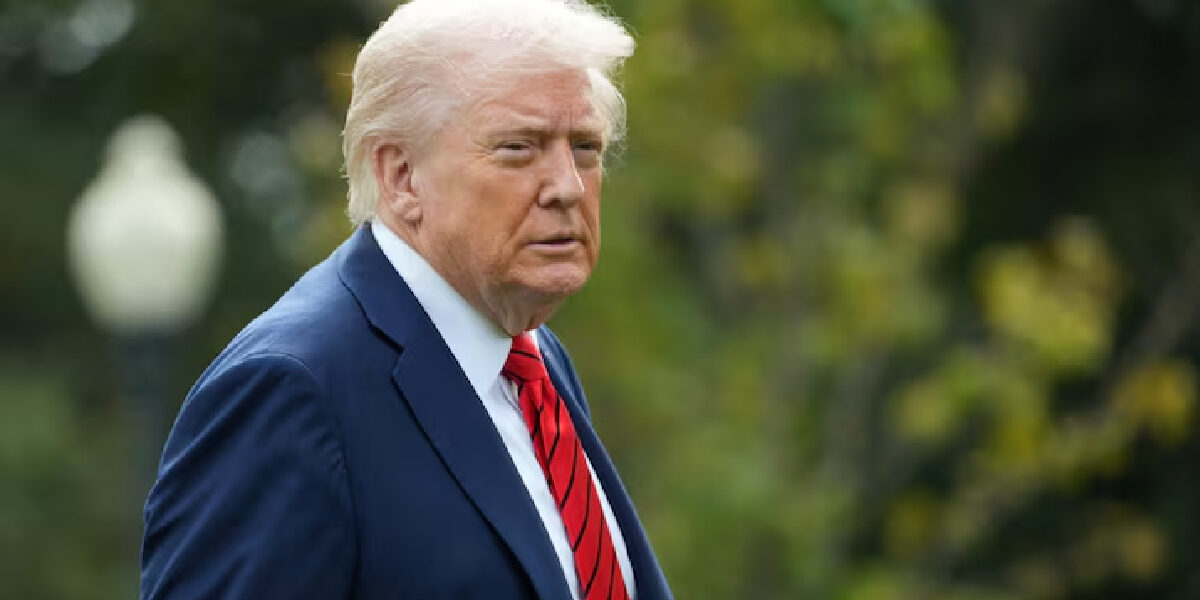The uncertainty surrounding former U.S. President Donald Trump’s tariff strategy has continued to shake global markets, as his preference for bilateral trade agreements and ongoing legal disputes over tariffs add new layers of tension.
On August 7, Trump’s directive imposing “reciprocal” tariffs on imports from 69 trading partners officially took effect. These new tariffs range from 10% to 41%, pushing U.S. import duties to their highest average level in over a hundred years.
In a recent statement, Trump expressed optimism about reaching a deal with China. He said he anticipates productive talks with Chinese President Xi Jinping when they meet in South Korea this Thursday.
According to U.S. officials, negotiators from both nations finalized a preliminary framework on October 26 for an agreement designed to halt further American tariffs and ease China’s export restrictions on rare earth materials.
Here’s a look at key upcoming dates that could shape the direction of U.S. trade policy:
October 30
Trump and Xi will hold a crucial meeting in South Korea. Many analysts believe this encounter could be a turning point, potentially setting the stage for a broader trade agreement between the two major economies.
November 1
A 25% tariff will be imposed on imported medium- and heavy-duty trucks.
If no deal is reached with China, additional 100% tariffs on Chinese exports to the U.S. will come into effect, alongside new restrictions on critical software exports.
January 1, 2026
Existing 25% tariffs will increase even further — to 30% on upholstered furniture and 50% on cabinets and vanities from countries that do not have formal trade agreements with the U.S.
These upcoming deadlines mark critical moments in the evolving trade war, with potential implications for industries, consumers, and global economic stability alike.
